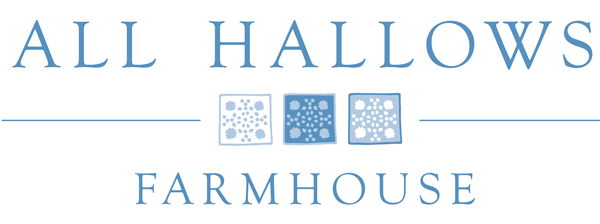September is definitely a time of change. For the family this is highlighted by a new school year and the excitement of making friends and meeting a new teacher. Returning to the routine of early rises and homework, we notice the days are definitely becoming shorter and there is a crisp note to the morning air. As we relish the thought of lighting the fire in the evenings.
At home in the garden it is a time of plenty. The best of the summer crops are still available and early autumn treats are beginning to ripen.
Seek out culinary plums for this recipe. Gorgeous, richly flavoured fruit with names such as Marjorie’s Seedling, Laxton’s Cropper and Monarch Plum are best. Or forage for wild damsons, known as bullace in the Dorset hedgerows.
Before you dismiss the labour intensive method this month, I guarantee an hour put aside in the kitchen will be rewarded. The end result will be two or three jars of a luxurious accompaniment for cheese and charcuterie that is worth the effort.
You will need:
1.35kg (3lb) cooking plums or damsons
300ml (1/2 pint) water
Butter approximately 25g (1oz)
Granulated sugar approximately 450 g (1 lb)
Method:
Wash the fruit and cut plums in half but do not remove stones, whilst damsons can be left whole. Put in a pan with a tight fitting lid, add water. Place on boiling plate of your AGA and watch carefully as the temperature increases rapidly, then when fruit is starting to cook and soften, replace lid and transfer pan into simmering oven for 20-30 minutes, checking halfway. If using a conventional hob, start cooking over gentle heat and continue slowly with lid on. Take care as recipe only requires a small amount of water and check that pan does not catch. If necessary add a little more water but keep fruit pulp as dry as possible.
Pass fruit through a nylon sieve, this will take time but is well worth the effort!
Discard stones and skin. Measure pulp and allow 25g (1oz) butter and 450g (1lb) sugar to every 600ml (1 pint) of fruit.
Put fruit pulp in a clean pan and place on simmering plate or over a low heat on conventional hob. Stir well and then add sugar and butter. Continue stirring until these ingredients have dissolved. Then increase heat or transfer to AGA boiling plate and boil steady until setting point (104 C – 105 C with a jam thermometer) has been reached.
Spoon into sterilised preserve jars and seal immediately.
To sterilize jars
Use the hottest wash on your dishwasher cycle or hand wash and place in the oven at 75 C
To test for setting
Sugar thermometer – the jelly needs to reach 105 C
Flake test – use a clean wooden spoon to stir the jelly until well coated, hold the spoon above the jelly and watch to see if a flake appears. This should not drop off the spoon until you shake it.
Saucer test – drop a teaspoon of jelly onto the cold saucer and once it cools check to see if wrinkles form once it is pushed with your finger.
To seal jars
Recycle your jam jars but buy new lids which are easily available online or cook shops.
Fill the jars with hot jelly and either seal straight away.

